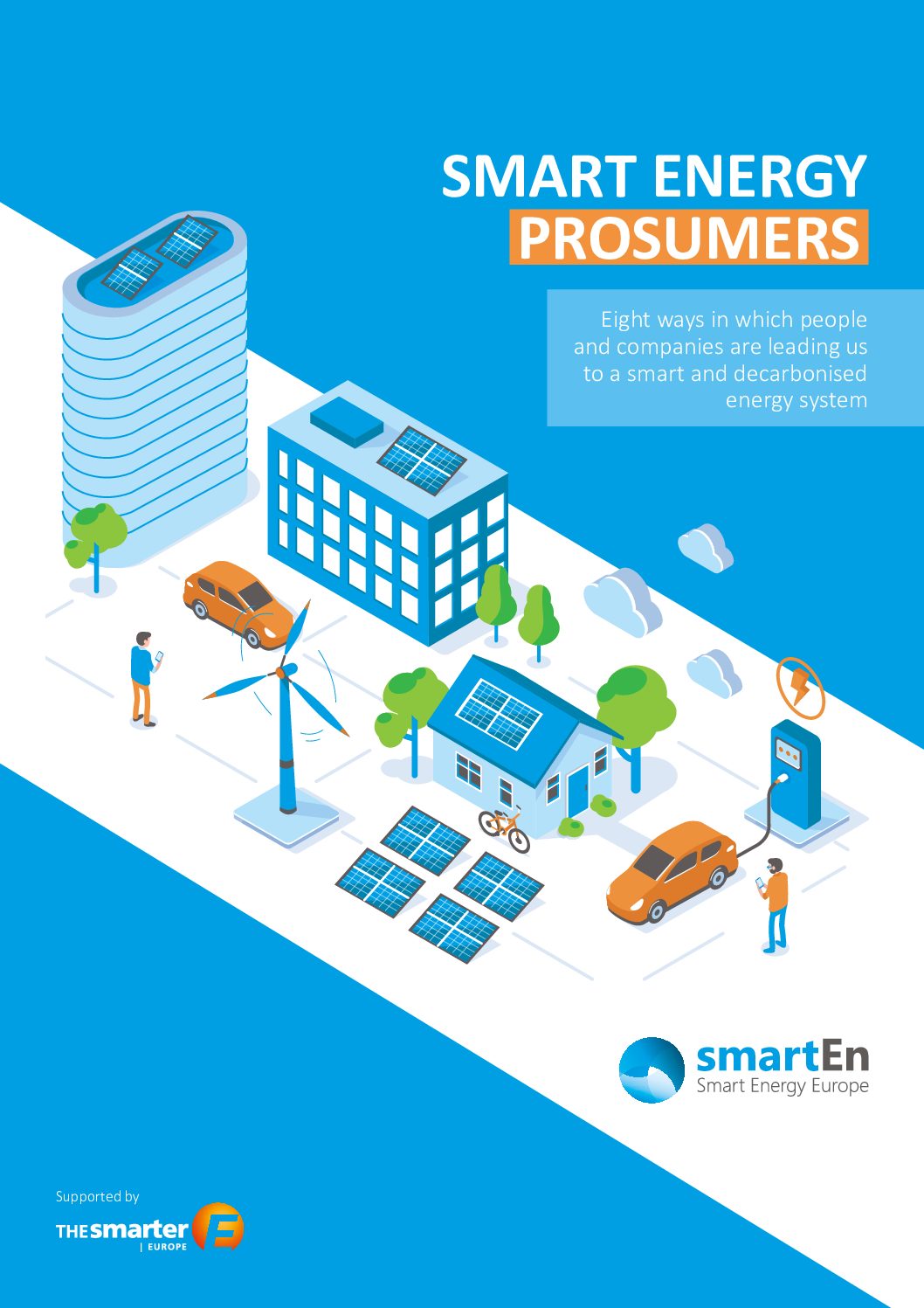
Europe is now entering a new era in which energy prosumers of all shapes and sizes are taking over the wheel. A record number of houses and buildings are now sporting PV installations and combining this with home storage systems, EV charging stations, and smart energy management systems to optimise the use of the different assets according to price signals and grid requirements.
Coinciding with developments in technology, energy service providers and platforms are paving the way for prosumers to participate in energy markets, many of which are only just now opening up to aggregated, flexible load. These services are empowering a growing number of prosumers to generate new revenue streams from their existing assets, and are providing an impetus to invest in new Distributed Energy Resources (DERs).
Industrial prosumers are also going to new lengths to participate in the energy transition, both by investing in DERs and optimizing their flexibility on site and by driving the demand for clean energy through corporate PPAs and purchasing Guarantees of Origin.
Yet as the various types prosumers become more mainstream, there is also a growing need to look at what is driving households, communities, buildings and industry to make choices regarding their energy use, and to the overall impact these choices have on the energy system.
This paper will have a closer look at what the drivers are for the current prosumer models, and how sustainable these models are. How dependent are they on the current support in the form of feed-intariffs or net metering? How dependent are they on the current regime of taxes and network charges, and will this regime still hold water if the number of prosumers continues to grow at the pace needed to reach the EU’s 2050 goals? What is needed to develop long-term sustainable prosumer models, in which customers remain at the centre of the energy system?
This report starts out by looking at the most common prosumer models out there, and by analysing what is driving the business case for each model. These driving factors will feed into a final discussion on what is needed for prosumer models to be sustainable in the long-term, and in this way aim to trigger a larger policy debate on future prosumer models.
